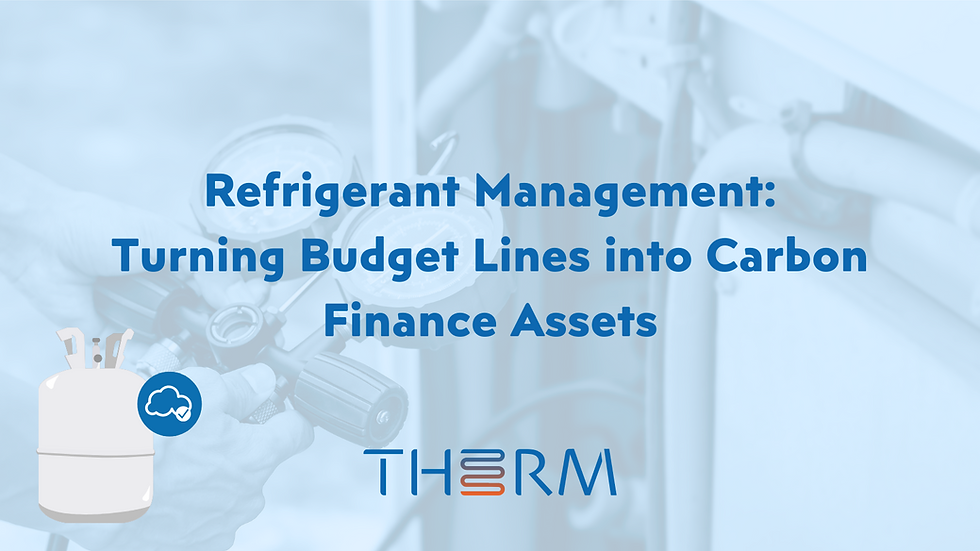Intro to carbon credits
- Emily Six
- Apr 13, 2022
- 2 min read
Carbon credits are, at their simplest, the reduction, removal, or avoidance of emissions from an environmental action project that is used to compensate for emissions occurring elsewhere.
Where did carbon credits come from?
Carbon credits emerged in the early 2000s as a cost-containment mechanism for organizations that were mandated to reduce their emissions. Trade started under the 1997 Kyoto Protocol.
Organization A was faced with the requirement to reduce its emissions, but the necessary system upgrades were cost-prohibitive. Organization B could make the same emission reductions for much cheaper, but they weren’t required to do so. So organization A agreed to pay organization B to make the emission reductions on A’s behalf.
Over time, organizations that had no legal obligation to reduce their emissions started joining the movement, and thus the voluntary carbon market was born.
Faster, cheaper alternatives
The primary goal of the voluntary carbon market is to incentivize the fastest, cheapest environmental action. We need immediate intervention to avoid a devastating climate scenario, and carbon markets reward action. Carbon credit revenue is used to catch the interest of organizations that would otherwise not take action.
What makes a carbon credit
An emission reduction by any other name is just an emission reduction. Reductions don’t graduate to carbon credits until they enter the marketplace. To do so, emission reductions must be thoroughly examined, verified, and carefully tracked.
In general, to qualify as a carbon credit, these conditions must be met.
The action must be additional (above and beyond what is required)
The project must follow an approved protocol or methodology
The emission reductions must be verified by a third-party auditor.
Regulating organizations
Therm uses established regulatory bodies like the American Carbon Registry to review and approve our refrigerant carbon credit projects. This ensures our customers the highest-quality carbon credits on the market, and guarantees that each carbon credit really does represent one ton of carbon dioxide avoided.
Who buys carbon credits
Carbon credits may be purchased by obligated entities, like Big Oil or regulated companies, or by voluntary fortune-500s trying to reach their sustainability goals.
Therm’s team of experts has established relationships with buyers that are looking for solutions like our refrigerant carbon credits: immediate, permanent, and accessible climate action. We shop around to make sure that Therm clients get the highest value for their carbon credits and realize the maximum reward.
How to get started
Reach out to a Therm expert to get started and claim your carbon credits.




